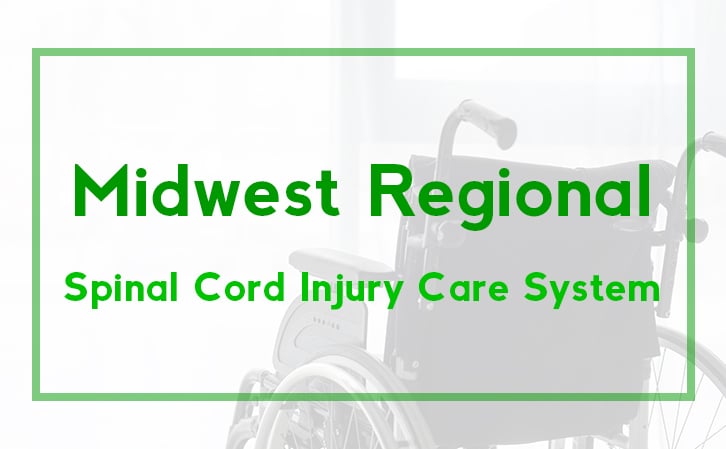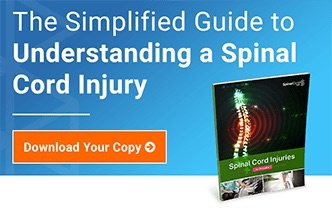Midwest Regional Spinal Cord Injury Care System

Located in Chicago, Illinois in the Midwest Regional Spinal Cord Injury Care System. Partnering with Northwestern University and Northwestern Memorial Hospital, the Midwest Regional Spinal Cord Injury Care System is one of the first five Model System Centers first created in 1972.
The Midwest Regional Spinal Cord Injury Care System is operated by the Shirley Ryan AbilityLab, formerly the Rehabilitation Institute of Chicago until 2017 when a gift from Shirley Ryan (a benefactor) was received. The Shirley Ryan AbilityLab is the first translational research hospital in the world. This means clinicians, scientists work side-by-side with patients and medical personnel to bring the research to patients as soon as possible.
Cutting-edge spinal cord research is a huge part of the Midwest Regional Spinal Cord Injury Care System, but it offers much more as well. Discover all the ways the Midwest Regional Spinal Cord Injury Care System helps the spinal cord injury community in the Midwest and beyond below.
Research

Like all Model System Centers, the Midwest Regional Spinal Cord Injury Care System conducts research to help the spinal cord injury community become as independent as possible and to lead productive lives. Their research also looks to prevent secondary complications of life with paralysis.
A current study that ends in September is called, "Using a Health Technology Assessment Framework for Evaluating the Utilization and Efficiency of Wearable Exoskeletons for SCI Rehabilitation, is persons with SCI at the C7 to S1 level, designated AIS A to D." Additionally, they have a study on spasticity after spinal cord injury called, “Characterizing the Experience of Spasticity after Spinal Cord Injury.” And their last current study is “EQuate,” which looks at access to adapted technology.
The Shirley Ryan AbilityLab also has several research labs. Their Legs + Walking Lab connects patients with researchers to study lower body dysfunction due to spinal cord injury or other nerve-related diseases. They also have the Arms + Hands Lab, a lab that looks beyond hand and reading skills, ie fine motor skills, and other ways to improve them. All of their labs offer the latest in applicable SCI research methods.
Some of the most prominent discoveries made at the research labs here have been the first thought-controlled bionic arm and leg, the first manual wheelchair that can either stand or sit, and a lightweight powered leg prosthetic.
Resources and Education

Plenty of information on living with a spinal cord injury is available through the Shirley Ryan AbilityLab's LIFE Center. The Henry B. Betts LIFE Center is a multimedia education center for people with disabilities. You can search their database to find hundreds of spinal cord injury-related videos on a variety of topics.
They also offer educational materials for both patients and families to learn about life with paralysis. It is a starter set of core educational materials. These materials are sectioned into key topics such as bladder care, caregiving, education, employment, finance, housing, nutrition, recreation, and more. https://www.sralab.org/lifecenter/binder
Also, the Midwest Regional Spinal Cord Injury Care System offers top-level rehabilitation thanks to being affiliated with Northwestern. They offer acute spinal cord injury care 24 hours a day, 7 days a week and they offer the latest in physical and occupational therapy (and they start therapy as soon as possible). They also reevaluate services for each client 8 months post-injury, and throughout their lifetime.
You will also find a wheelchair and seating clinic, a urology clinic, a sexual dysfunction clinic for men, and a spasticity clinic. Lokomat gait trading and the latest in assistive technology are also provided at the Midwest Regional Spinal Cord Injury Care System.
To learn more about the Midwest Regional Spinal Cord Injury Care System, you can call 1-800-354-7342 or visit the site below.
- Learn more: https://www.sralab.org/research/labs/MRSCICS
Stay Updated on Advancements On Traumatic Brain &
Spinal Cord Injuries
About the Author




